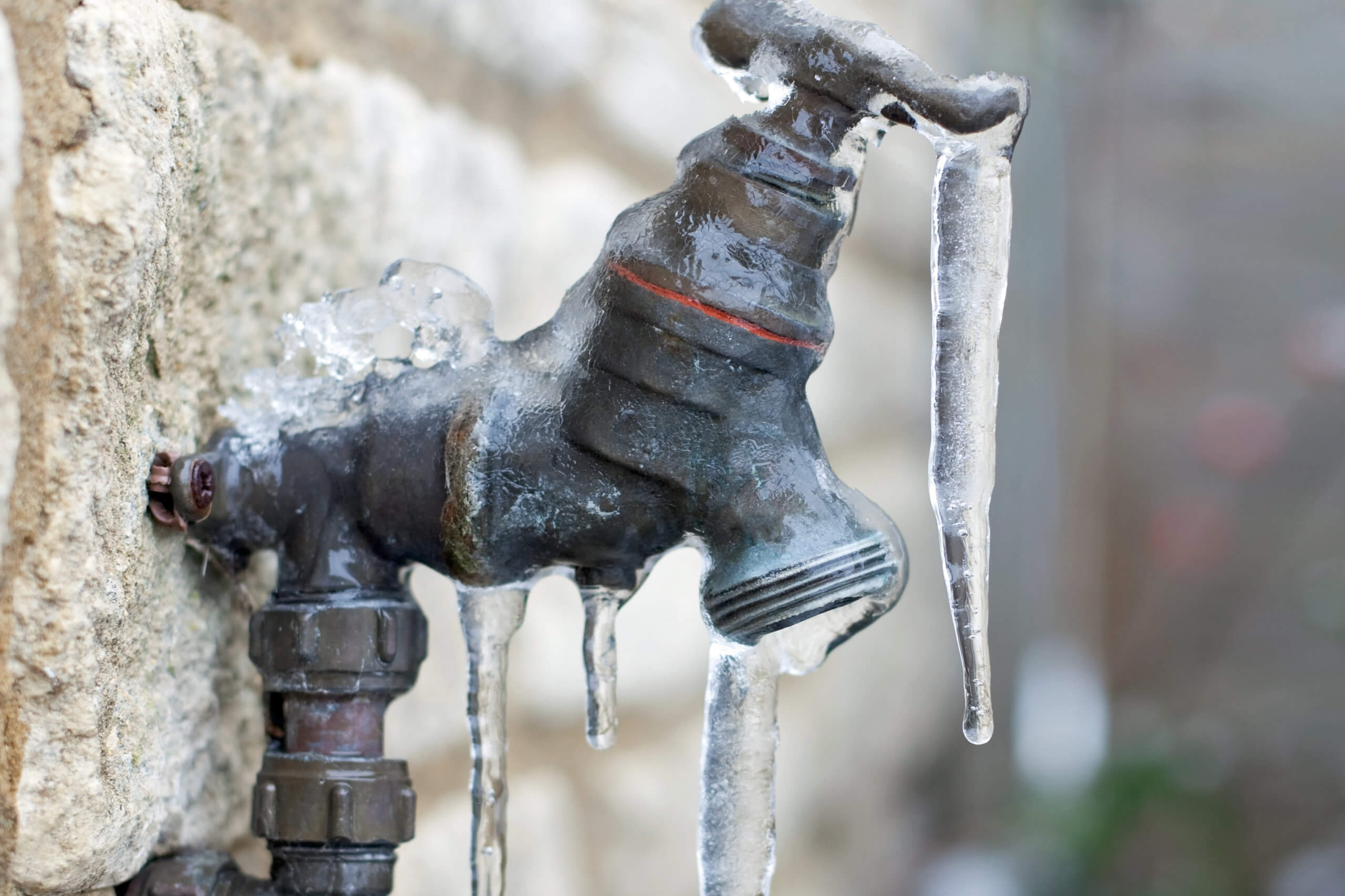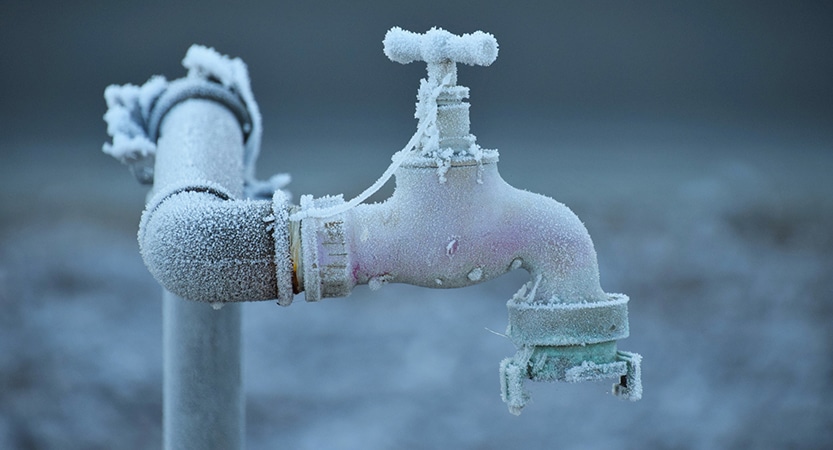Essential Tips for Preventing Frozen Plumbing in Winter Conditions
Essential Tips for Preventing Frozen Plumbing in Winter Conditions
Blog Article
How do you really feel in relation to How To Avoid Freezing Pipes?

Winter can wreak havoc on your pipes, specifically by freezing pipes. Here's just how to stop it from occurring and what to do if it does.
Introduction
As temperature levels decrease, the danger of frozen pipelines boosts, possibly bring about expensive repairs and water damage. Understanding exactly how to stop frozen pipelines is essential for home owners in cold environments.
Avoidance Tips
Insulating prone pipelines
Cover pipes in insulation sleeves or utilize warm tape to shield them from freezing temperatures. Focus on pipes in unheated or outside locations of the home.
Heating methods
Maintain indoor areas properly heated, especially areas with plumbing. Open cabinet doors to enable warm air to circulate around pipes under sinks.
Just how to recognize icy pipelines
Seek reduced water flow from faucets, uncommon smells or noises from pipes, and noticeable frost on subjected pipelines.
Long-Term Solutions
Architectural adjustments
Take into consideration rerouting pipelines far from outside wall surfaces or unheated areas. Include additional insulation to attic rooms, basements, and crawl spaces.
Updating insulation
Invest in top quality insulation for pipelines, attic rooms, and walls. Appropriate insulation assists preserve constant temperature levels and reduces the danger of icy pipelines.
Protecting Exterior Plumbing
Yard hoses and outdoor faucets
Disconnect and drain pipes yard pipes before winter months. Install frost-proof spigots or cover exterior taps with insulated caps.
Understanding Frozen Pipelines
What creates pipelines to ice up?
Pipelines ice up when exposed to temperatures below 32 ° F (0 ° C) for extended periods. As water inside the pipes freezes, it expands, putting pressure on the pipe wall surfaces and possibly creating them to break.
Dangers and damages
Frozen pipelines can lead to supply of water disruptions, residential property damage, and expensive repair services. Burst pipelines can flood homes and cause considerable architectural damage.
Indicators of Frozen Water Lines
Identifying icy pipes early can avoid them from breaking.
What to Do If Your Pipes Freeze
Immediate activities to take
If you presume icy pipes, maintain taps open to alleviate pressure as the ice melts. Use a hairdryer or towels soaked in warm water to thaw pipes gradually.
Conclusion
Avoiding frozen pipelines requires positive procedures and quick responses. By recognizing the causes, indications, and preventive measures, house owners can shield their pipes during winter.
5 Ways to Prevent Frozen Pipes
Drain Outdoor Faucets and Disconnect Hoses
First, close the shut-off valve that controls the flow of water in the pipe to your outdoor faucet. Then, head outside to disconnect and drain your hose and open the outdoor faucet to allow the water to completely drain out of the line. Turn off the faucet when done. Finally, head back to the shut-off valve and drain the remaining water inside the pipe into a bucket or container. Additionally, if you have a home irrigation system, you should consider hiring an expert to clear the system of water each year.
Insulate Pipes
One of the best and most cost-effective methods for preventing frozen water pipes is to wrap your pipes with insulation. This is especially important for areas in your home that aren’t exposed to heat, such as an attic. We suggest using foam sleeves, which can typically be found at your local hardware store.
Keep Heat Running at 65
Your pipes are located inside your walls, and the temperature there is much colder than the rest of the house. To prevent your pipes from freezing, The Insurance Information Institute suggests that you keep your home heated to at least 65 degrees, even when traveling. You may want to invest in smart devices that can keep an eye on the temperature in your home while you’re away.
Leave Water Dripping
Moving water — even a small trickle — can prevent ice from forming inside your pipes. When freezing temps are imminent, start a drip of water from all faucets that serve exposed pipes. Leaving a few faucets running will also help relieve pressure inside the pipes and help prevent a rupture if the water inside freezes.
Open Cupboard Doors
Warm your kitchen and bathroom pipes by opening cupboards and vanities. You should also leave your interior doors ajar to help warm air circulate evenly throughout your home.

Hopefully you enjoyed reading our part about 6 Ways to Prevent Frozen Pipes. Thanks for taking time to read our article. Sharing is caring. You just don't know, you may be doing someone a favor. Many thanks for being here. Kindly stop by our website back soon.
Get Started Report this page